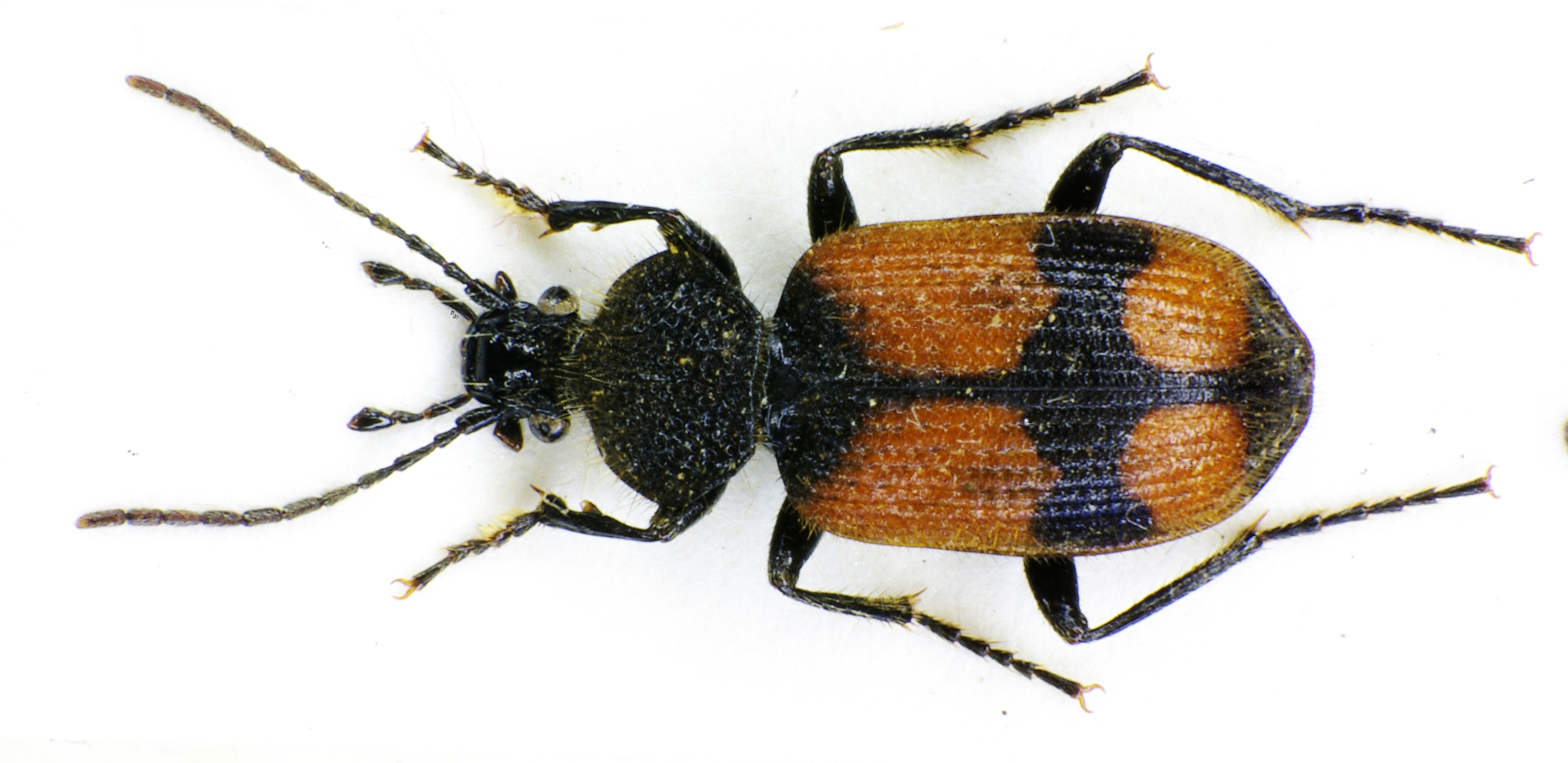This video from England is called Ashington: Past, Present, Future.
From British daily The Morning Star:
Life and work
(Monday 26 May 2008)
THEATRE: The Pitmen Painters
The Cottesloe, London
HILARIOUS: Lee Hall‘s The Pitmen Painters plays at the Cottesloe until June 25.
JOHN GREEN says that Lee Hall’s rib-crackingly funny play The Pitmen Painters is a must for socialists.
The Pitmen Painters is a must-see play. It has it all – rib-cracking humour, class conflict, pathos, a ferment of ideas and a central glowing humanity and hope.
During the 1930s, a group of miners in the village of Ashington in Co Durham invite an art lecturer to talk to them about art as part of their WEA programme.
They had already spent several years studying evolution and had become interested in how the environment affected the development of individuals and particularly in learning about how art influences human life.
The WEA sends them a well-meaning middle-class academic with little experience of conversing with working people. He begins by presenting slides on Renaissance painting but soon realises that he is talking well above the miners’ heads. They have never even visited a gallery or read anything about art. Most have never even ventured beyond their village.
So, in desperation, he gets them painting themselves – learning through practice, even if they begin by using second-hand tins of gloss paint on hardboard.
In representing their own lives and work in powerful images, they begin to grasp what art is all about.
The group eventually wins widespread recognition, even in the art world, but none of them goes on to become a full-time artist.
Art, for them, is not connected with commercial value. It is solely a means of slaking their own thirst for free expression.
The play’s characters, based on the real-life ones, are vividly portrayed. A bare stage, a few chairs and projected images are the only props.
Writer Lee Hall of Billy Elliot fame gives us a sharply honed down-to-earth dialogue of wit, insight and sensitivity which has strong resonances of the Ragged Trousered Philanthropists. …
I made a documentary about the Ashington Group in the 1970s, when its orginal members were retired or near retirement. The central character in this play Oliver Kilbourn was still very much alive and told me how much it had meant to him being able to give expression to his work, his life and that of his pit village through painting.
He still lived in his small terraced house in Ashington. The village itself is just one incredibly long terrace, leading like a snake from the pit which provided employment for everyone.
The play concludes in 1947 as the pits are nationalised and everyone is full of renewed hope that the brand new Labour government will usher in socialism.
Kilbourn presents a banner that he’s painted showing on the one side the old pit village – “the dreary past” – and, on the other, an image of a pristine tree-lined village – “socialism, the future.”
However, just in case we are too affected by the miners’ 1947 euphoria, a last projected text on the wall tells us: “New Labour abolishes the section in the constitution calling for shared ownership of the means of production in 1995.” Get tickets for this play by hook or by crook.
The Pitmen Painters plays at the Cottesloe until June 25. Box office: (020) 7452 -3000.
See also here.
 This is a guest blog, by Juanita from
This is a guest blog, by Juanita from  From People’s Daily in China:
From People’s Daily in China:






















